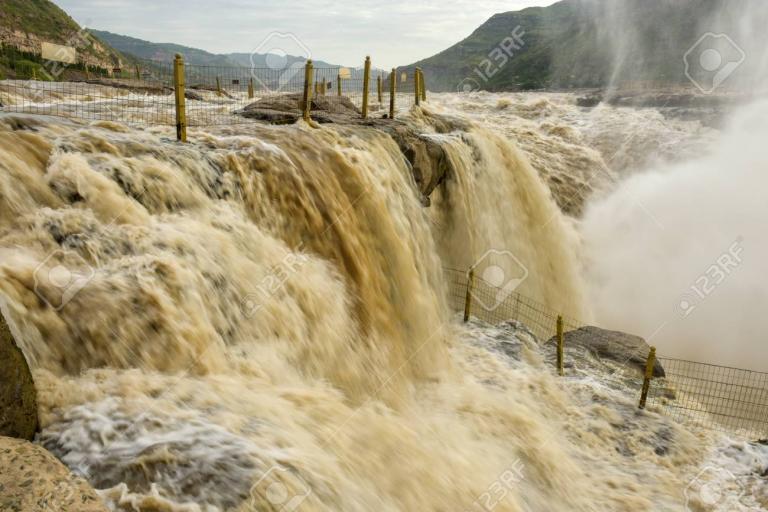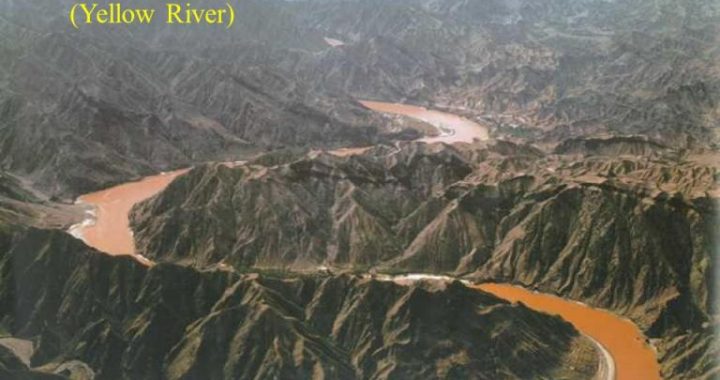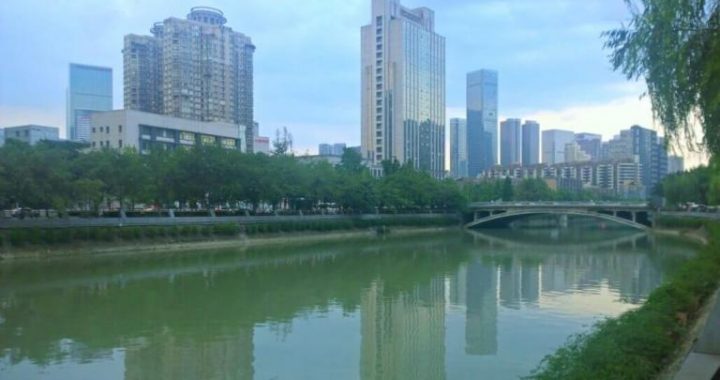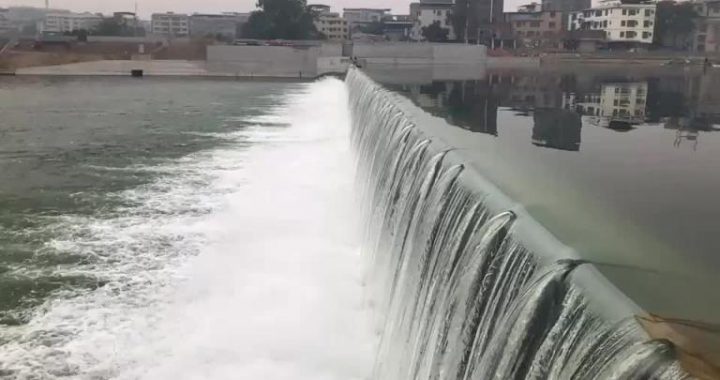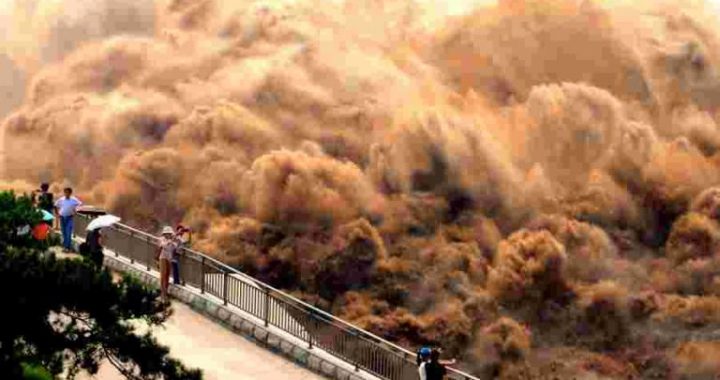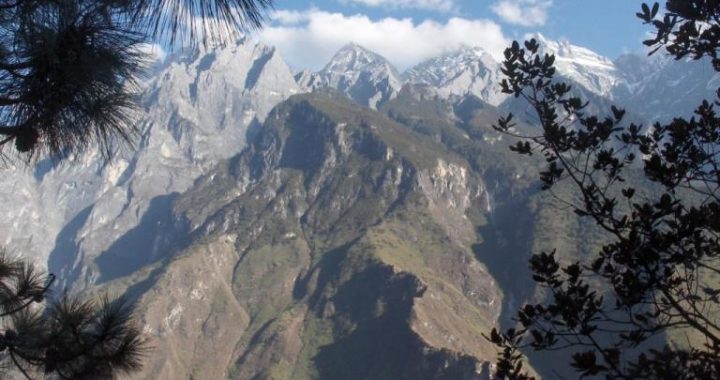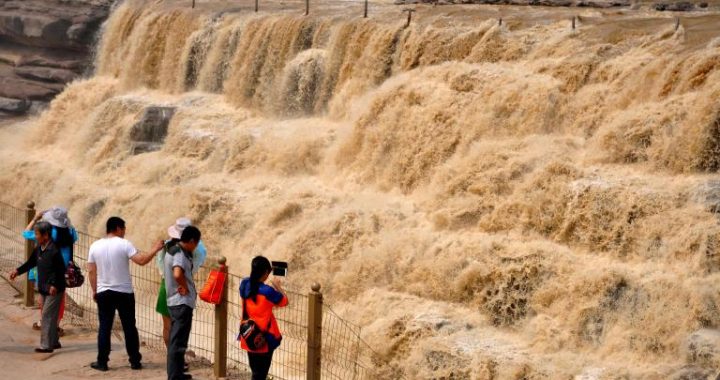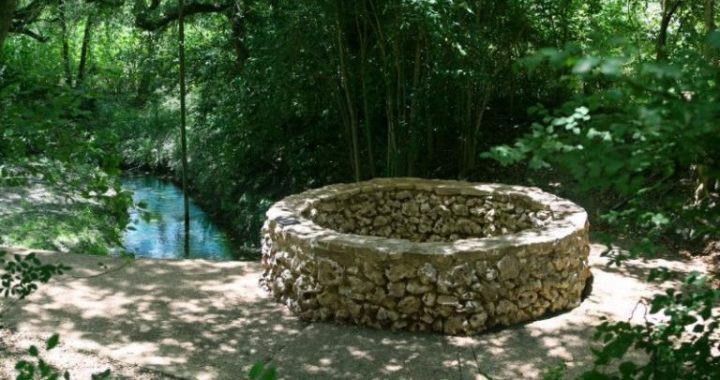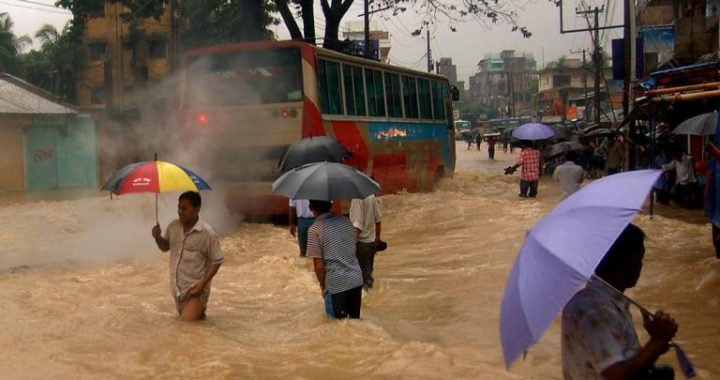The World Wonders
6 min readWhat will appear in your mind when you hear thewordof theYellowRiver? The surging waves? The yellow water? Or, the lonesome setting sun? If there are no suchimages in your mind, then you might as well pay a visit to the following beautiful places, which may give you much aesthetic pleasure…
1) Hukou Waterfal1
Hukou, in Chinese it means the spout of a teapot, and the name of Hukou Waterfa1l just comes from this metaphor. Down the Tianqiao Hydroelectric power station, the course of the Yellow River gradually narrows down. Near Hukou, the billowing and surging water of theYellowRiver rushes fromafar, and the original 200300 meters wide riverbed is narrowed down to 30-50 meters by the cliffs on the two sides, and then it rushes down from a height of 17 meters to a 30-meter-deep pond, as if water is pouring down from a huge teapot in the traditional Chinese tea shop.
Hence it gets the name Hukou Waterfall. Standing on the bank of the Yellow River, people can see the water pours just like fromthe heaven and the pounding of falling water against the stones echoes like thunders. The water plunging to the pond stirs the mist which rises high into the air like surging heavy smoke coming out of the river, which people call it “smoke from the bottom of the teapot”.
The surging torrents and perilous places form a kind of mysterious atmosphere, which attracts many adventurous Chinese people to challenge themselves.
On September 19,1994, there appeared a lady in the Chinese traditional training attire in the air above Hukou Waterfall-Yang Yun from the Wuqiao Acrobatics Troupe of China. She was going to stage a performance of wire-walking on a wire that was about 1,000-meter-long and fastened on the two sides of the fall, without any assisting balancing equipment. The steel wire was 60 meters above the water surface, and she looked as if suspending in the air. The performance began and she performed all kinds of movements-sometimes stood on one leg, sometimes did the splits in the air, and sometimes posed as if she was sitting on a chair. Highly difficult movements were presented one after another.
Of course, Yang Yun was not the only Chinese that challenged oneself.
On June 1,1997, Ke Shouliang, who has the title of the “Number One Flying Man in Asia”, driving his car, flied over YellowRiver successfully.
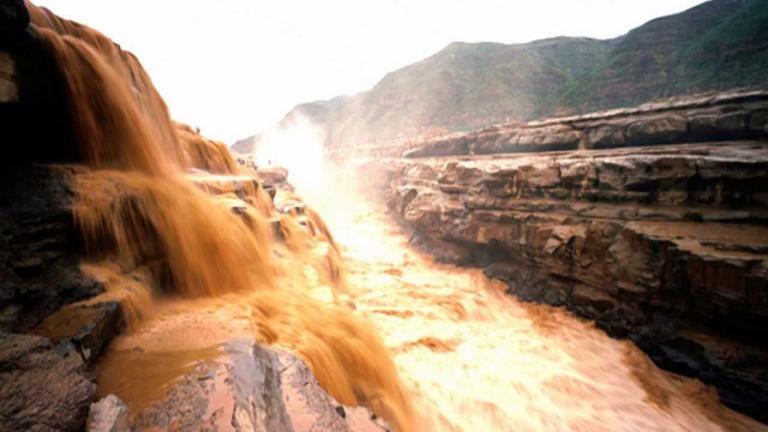
On June 21,1999,a young farmer in Shanxi Province called Zhu Chaohui flew over Hukou Waterfall on his motorbike successfully, making himself the first man that drove motorcycle to fly over the YellowRiver.
These challenges and successes not only show the tenacious struggling spirit of the Chinese nation, but also make Hukou Waterfall more famous.”To go to Hukou and watch the waterfal1″has become an increasing number of tourists’ choice.
2) The Dragon Gate
“Where did the achievements of Yu the Great lie? In Longmen south of Hukou Mountain”. Down from Hukou Waterfall for about 65 kilometers, there is the famousnatural barrier-Longmen(the “Dragon Gate”). Longmen Mountain, on the east bank of Longmen, and Liangshan Mountain on the west bank face each other across the river, with a distance of about 100 meters. The surging Yellow River roars through between the two mountains like a ruthless and tyrannical yellow dragon, from which Longmen gains its name.
About Longmen there are many legends, of which the most famous two are”Yu the Great tamed the flood”and”carps jump over the Dragon Gate”. The legend has it thatin the remote past, deluge fell down and numerous streams entered the Yellow River which surged eastward to the sea. When the river reached Longmen Mountain, which stood in the way of the Yellow River, therefore led to the flooding of the Yellow River. The leader Shun who ruled the middle and lower reaches of the Yellow River a that time sent Yu the Great to tame the floods. After careful investigation, Yu found that it was Longmen Mountain that stood in the way of the Yellow River entering the sea and resulted in the blockage of torrents. Thereupon, Yu the Great went down into the Huanghai Sea to find the divine ax that Pan Gu used when he created the universe. With the help of Nine-color Dragon, he split Longmen Mountain apart and opened a valley to guide the water into the sea.
If”Yu the Great tamed the floods”showed the Chinese ancestors’ perseverance in conquering the nature, then “carps jump over the Dragon Gate”mirrors people’ yearn for better life. It is said that long time ago every late spring, there would be thousands of carps swimming upstream from the lower reaches of the Yellow River to the Dragon Gate (Longmen). Their goals are the same-to jump over the Dragon Gate, for if they succeed, they could become dragons. And for those who couldn’t jump over, most of them would keep trying to jump and bump onto the Dragon Gate till they died.
Longmen is the famous natural barrier of the Yellow River, with steep mountains at the two sides and billowing Yellow River in the middle. With rapid torrents and thunderous sounds, there are perilous places everywhere. The whirling “human-boiling pot”, the surging”three raging waves”and appalling “dead body plank”… by the sigh of which are all extremely terrifying.
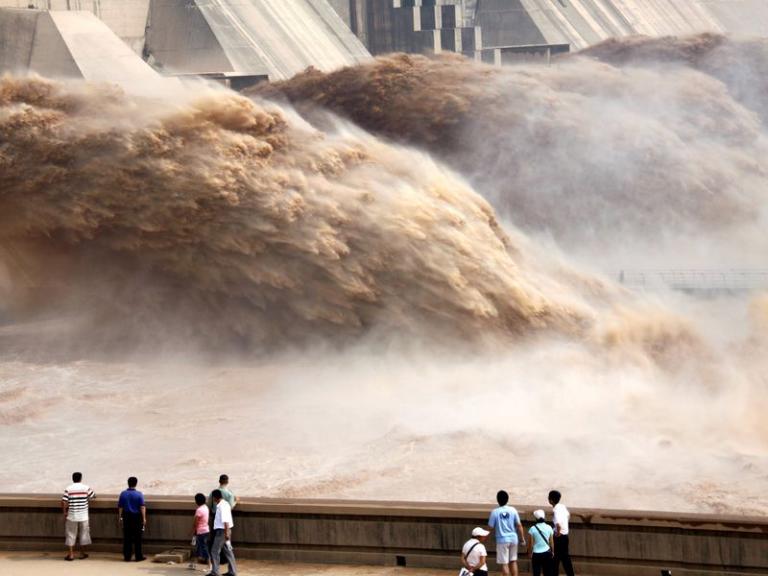
3) The First Bridge over the Yellow River
Zhongshan Bridge, also called”the Yellow River Iron Bridge”, located in Lanzhou in Gansu Province, is of 233.33 meters long and 7.5 meters wide. It has 4 piers, with 5 arc-shaped girders spanning on the bridge. This old bridge, with nearly a hundred years of history, is referred to as the “First Bridge over the YellowRiver”.
There is a complicated story about Zhongshan Bridge: before the construction of Zhong shan Bridge, the Lanzhou people who lived along the YellowRiver had to cross the surging river mainly through the simple ferry instruments such as “ice-bridge”, “leather raft”or floating bridge, which were very dangerous and also inconvenient.
In the Tongzhi reign of the Qing dynasty (1616-1911), Governor-general of Shaan-Gan, Zuo Zongtang, led the army to go on a punitive expedition of the rebelling troops in the west, but the battles were hindered many times by the Yellow River.
Zuo Zongtang suggested the government to ask the foreign companies to build an iron bridge. However, the foreign companies demanded a too high price, and this plan failed. In 1907, the Superintendent of Lanzhou, Peng Yingjia, proposed again to build an iron bridge. After the approval of the Qing government, the governor general of Gansu appointed Peng Yingjia as the chief superintendent of foreign affairs of Gansu Province and signed a contract with the manager of Tianjin Agencs of German Telge Company. The iron bridge was entrusted to Telge Company, with the engineer of American Bridge Company, Manbaoben, in charge of construc tion, the German Dero as the instructor and Tianjiner Liu Yongqi responsible for the construction on building site. After 3 years and 4 months, the bridge was finished in June 1910 at last. The bridge cost the state treasury silver over 306,690 liang (tae1), and the steel and cement, even rivets and paint etc that the building needed were all imported from the US or Germany. They first were shipped to Tianjin by sea, and then reached Xinxiang in Henan Province by train and at last arrived at Lanzhou by cart. Only the freight cost was near 142,000 liang of silver, almost half of the total cost.
After the completion, this iron bridge, together with Zhengzhou Bridge which was finished in May 1905 and Jinan Bridge in November 1912, were called the “Three Iron Bridges on the Yellow River”, and were the only three permanent bridges on the Yellow River before the establishment of People’s Republic of China in 1949.
When the bridge was first finished, it was called “Lanzhou Yellow River Iron Bridge”, and later in memorizing the Father of Chinese democratic revolution-Dr.
Sun Yet-san, the “Lanzhou Yellow River Iron Bridge”was renamed as “Sun Yet-san Bridge”in 1942. In 1954, people’s government of Lanzhou did full-scale rebuilding and reinforcement work to the iron bridge, removing the original wood bridge surface and replacing it with pitch. They also added five arc-shaped girders, not only making the iron bridge firm and durable, but also making it look grand and magnificent. This bridge has become the landmark construction of Lanzhou.
